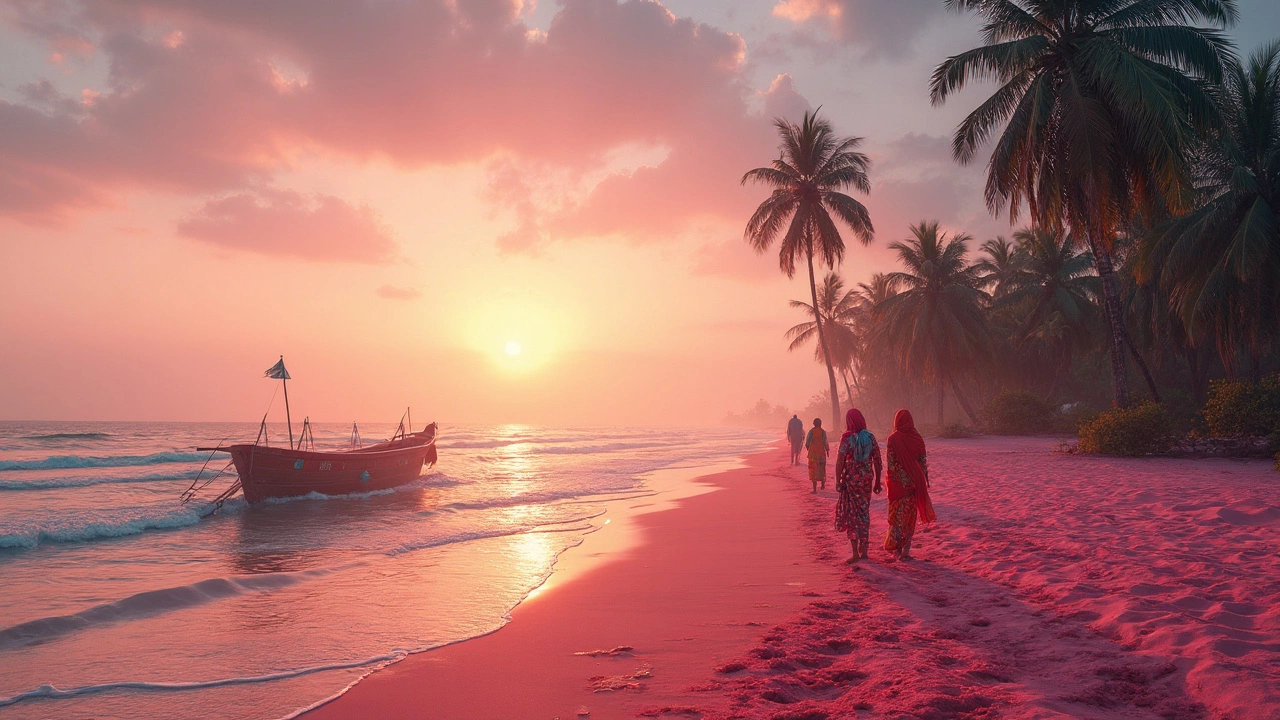Beach Travel Tips: Essential Advice for India’s Best Beaches
When you think of beach travel tips, practical advice for enjoying coastal destinations safely and comfortably, it’s not just about sunscreen and swimsuits. It’s about knowing where to swim, when to avoid crowds, and how to spot a clean beach vendor in a place like Goa, India’s most famous beach destination known for parties, seafood, and golden sands. It’s also about understanding why Andaman, a remote island chain with crystal waters and untouched coral reefs demands different rules than a busy stretch in Kerala, a cultural coastal region with backwaters, temple towns, and calm shores. These aren’t just pretty places—they’re environments with real risks and rewards, and the right tips turn a good trip into a great one.
Most travelers don’t realize that the safest beach in India isn’t always the busiest one. In Goa, you’ll find crowded beaches like Baga and Calangute packed with vendors, loud music, and sometimes sketchy water conditions. But just five minutes down the coast, you’ll find quieter spots like Palolem or Agonda where the water is clearer, the sand is cleaner, and the locals are more relaxed. That’s not luck—it’s knowing how to read a beach. Look for flags: red means danger, green means safe. Avoid swimming near river mouths—pollution and strong currents hide there. And never drink tap water on the coast, even if the hotel says it’s fine. Stick to sealed bottles. In Andaman, you need to book boat trips ahead. The ferries fill up fast, and last-minute tickets often mean overcrowded boats with no life jackets. In Kerala, temple rules sometimes extend to beaches near historic sites—cover your shoulders, even if it’s hot. These aren’t restrictions; they’re part of the local rhythm.
Health is another silent factor. In coastal India, food poisoning hits hard and fast. Stick to cooked food, not raw salads. Eat fish only if it’s been on ice and grilled right in front of you. Avoid ice in drinks unless you’re sure it’s made from purified water. Mosquitoes don’t care if you’re on vacation—they’re everywhere near wetlands and dusk. Bring DEET, wear long sleeves after sunset, and skip the scented lotions. And if you’re planning to snorkel or dive, never touch coral. It’s alive. It’s fragile. And you’ll get fined—or worse, hurt—by sharp edges. These aren’t rules for tourists. They’re rules for survival.
What you’ll find below isn’t a list of the prettiest beaches. It’s a collection of real, tested advice from people who’ve been burned by bad tides, sick stomachs, and overpriced rentals. You’ll learn why Uber doesn’t work in Goa after dark, how to spot a fake beach hut owner, and why the best sunset view in Andaman requires a 45-minute walk you didn’t plan for. This isn’t travel fluff. It’s the stuff you wish someone told you before you booked your ticket.
